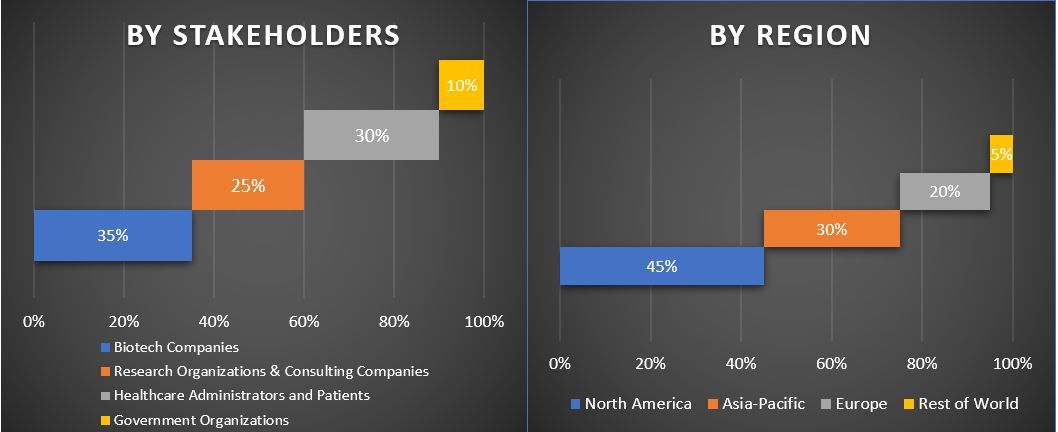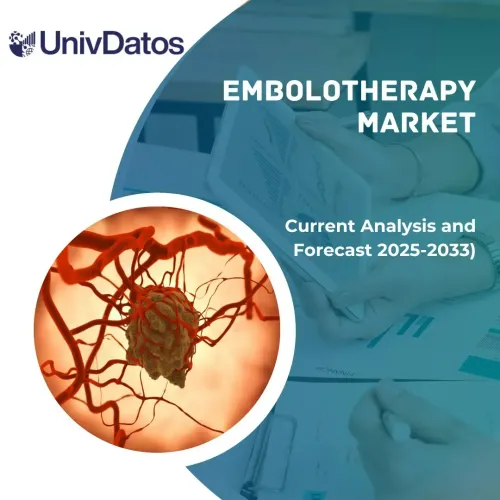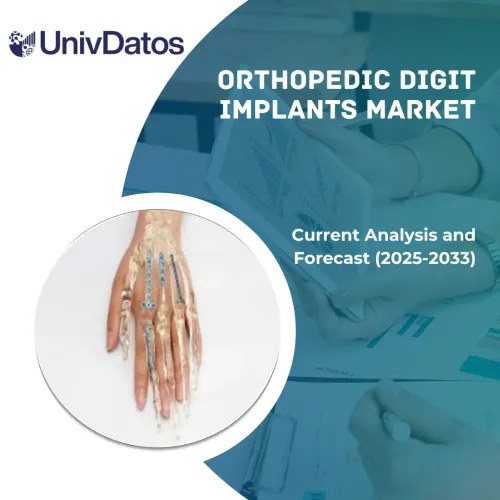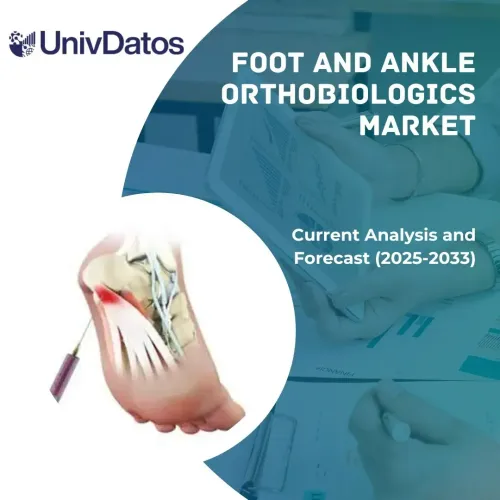- Home
- About Us
- Industry
- Services
- Reading
- Contact Us
Tissue Engineering Market: Current Analysis and Forecast (2021-2027)
Emphasis on Materials (Synthetic Materials, Biologically Derived Materials, Others); Application (Orthopedics & Musculoskeletal, Neurology, Cardiovascular, Skin & Integumentary, Dental, Others); Region and Country
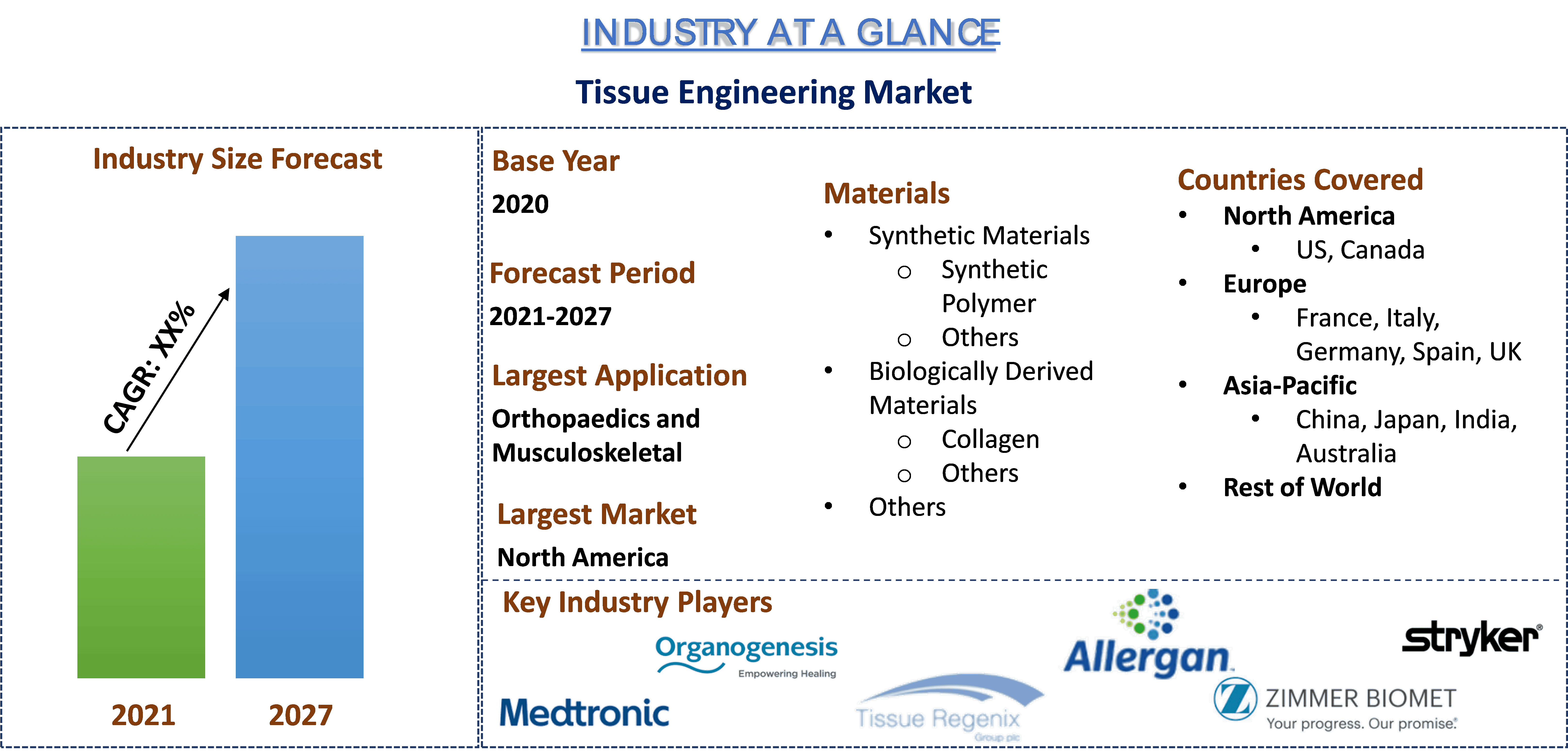
Tissue Engineering Market was valued at US$ 3 billion in 2020 and is expected to grow at a CAGR of 14% over the forecast period (2021-2027). The use of 3D bioprinters to efficiently design in vitro implants, as well as technological advancements in the field of 3D tissue engineerings, such as the replacement of embryo cells with stem cells, organ-on-a-chip technology, and the use of 3D bioprinters to efficiently design in vitro implants, are expected to boost growth. In addition, an increase in government funding for medical and academic research activities would enhance the growth of the market for tissue engineering throughout the forecast period. For instance, according to the National Institutes of Health’s (NIH) April 2019 released a list of funding for various research, condition, and disease categories (RCDC), funding for stem cell research and regenerative medicine was US$ 1.8 billion and US$ 1.0 billion, respectively, in 2018. The NIH estimated that the two sectors would get US$ 1.7 billion and US$ 915 million in funding in 2020, respectively.
Furthermore, with more focus on R&D, several companies in emerging markets are attempting to capitalize on the untapped market potential. For instance, RepliCel, is investing in several regenerative medicine companies. As of 2019, its three products (RCH-01, RCS-01, RCT-01) were in the development phase and its dermal injector device (RCI-02) is under pre-commercialization production and testing phase. Researchers are reprogramming stem cells to restore the normal function of an organ or design an artificial organ transplant using cultured stem cells. Stem cells find use in various applications; hence, the tissue engineering market is expected to achieve the benefitted outcome. For example, advanced reprogramming technologies that make use of stem cells are expected to replace artificial pacemakers.
Timeline of evolution Tissue Engineering
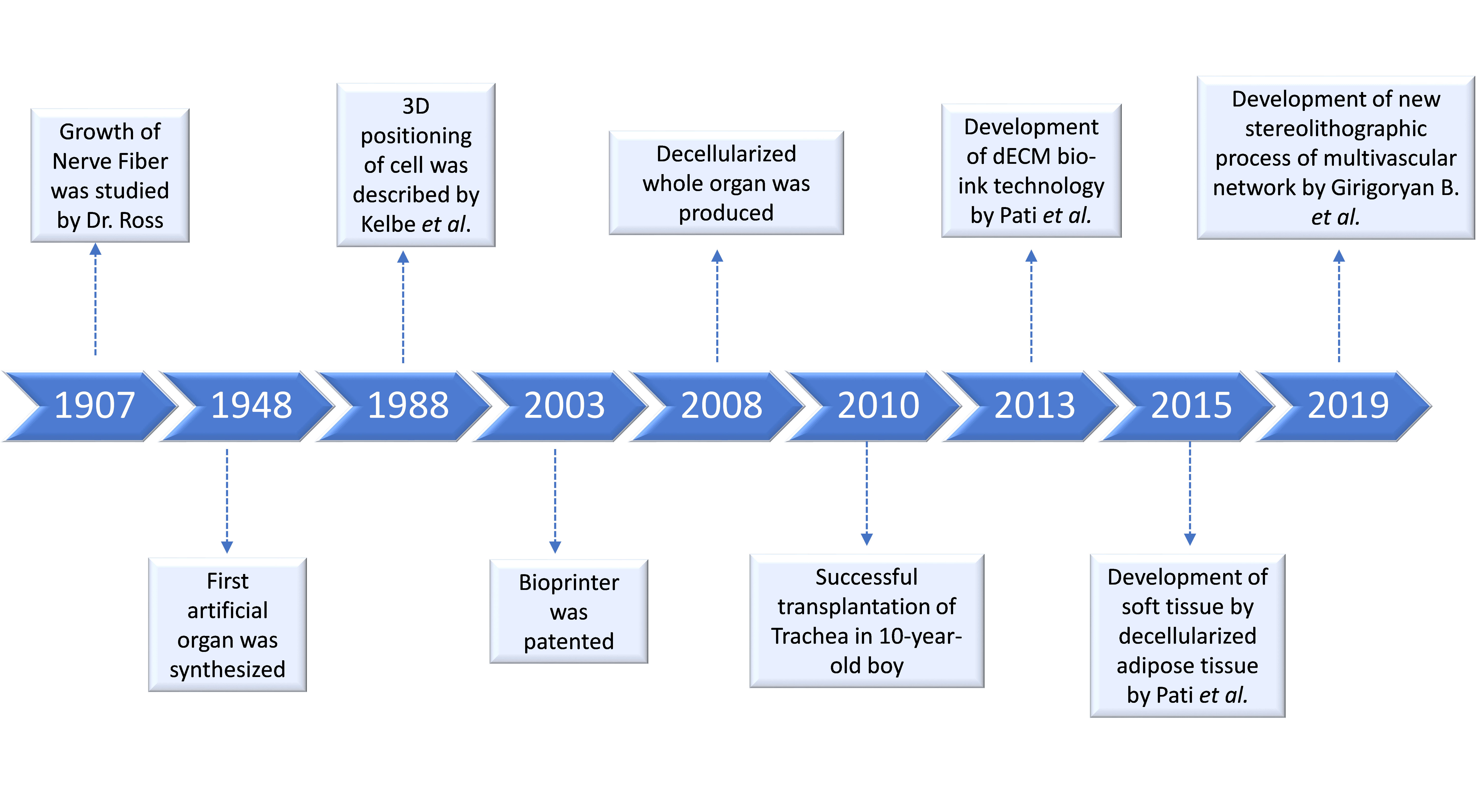
Medtronic plc, Zimmer Biomet Holdings, Inc., Allergan plc, Athersys, Inc., ACell, Inc., Organogenesis Holdings Inc., Tissue Regenix Group plc, Stryker Corporation, RTI Surgical, Inc., and Integra LifeSciences Corporation are some of the prominent players operating in the global Tissue Engineering market. Several M&A’s along with partnerships have been undertaken by these players to facilitate customers with hi-tech and innovative products.
Insights Presented in the Report
“Amongst materials, biologically derived materials segment holds the major share”
Based on the materials, the market is fragmented into synthetic materials, biologically derived materials, and others. The biologically derived materials segment dominated the market with a share of XX% in 2020 and is expected to maintain its dominance during the forecast period owing to the continuous advancements and wide range of applications.
“Amongst application, orthopedics and musculoskeletal is anticipated to grow at the highest CAGR during the analyzed period”
Further based on application, the market is fragmented into orthopedics and musculoskeletal, neurology, cardiovascular, skin and integumentary, dental, and others. In 2020, orthopedics and musculoskeletal accounted for a maximum market revenue share of XX% and is expected to remain dominant during the analyzed period owing to the rise in the prevalence of musculoskeletal disorders
“North America signifies one of the largest markets of Tissue Engineering Market”
For a better understanding of the market dynamics of the Tissue Engineering market, a detailed analysis was conducted for different regions across the globe including North America (United States, Canada, and the Rest of North America), Europe (Germany, France, Italy, Spain, United Kingdom and Rest of Europe), Asia-Pacific (China, Japan, India, and Rest of APAC), Rest of World has been conducted. North America dominated the market and generated revenue of USD XX billion in 2020 advanced technology for diagnosis and treatment of chronic disorders, availability of private and government funding, which is fueling market expansion. However, the Asia Pacific region would grow at the highest rate during the forecast period.
Reasons to buy this report:
- The study includes market sizing and forecasting analysis validated by authenticated key industry experts
- The report presents a quick review of overall industry performance at one glance
- The report covers an in-depth analysis of prominent industry peers with a primary focus on key business financials, product portfolio, expansion strategies, and recent developments
- Detailed examination of drivers, restraints, key trends, and opportunities prevailing in the industry
- The study comprehensively covers the market across different segments
- Deep dive regional level analysis of the industry
Customization Options:
Tissue Engineering Market can further be customized as per the requirement or any other market segment. Besides this, UMI understands that you may have your own business needs, hence feel free to connect with us to get a report that completely suits your requirements.
Table of Content
Analyzing the historical market, estimation of the current market, and forecasting the future market of the Global Tissue Engineering Market were the three major steps undertaken to create and analyze the adoption of Tissue Engineering for the different diseases across major regions globally. Exhaustive secondary research was conducted to collect the historical market numbers and estimate the current market size. Secondly, to validate these insights, numerous findings and assumptions were taken into consideration. Moreover, exhaustive primary interviews were also conducted, with industry experts across the value chain of the Tissue Engineering sector. Post assumption and validation of market numbers through primary interviews, we employed a top-down/bottom-up approach to forecast the complete market size. Thereafter, market breakdown and data triangulation methods were adopted to estimate and analyze the market size of segments and sub-segments the industry pertains to. Detailed methodology is explained below:
Analysis of Historical Market Size
Step 1: In-Depth Study of Secondary Sources:
Detailed secondary study was conducted to obtain the historical market size of the Tissue Engineering through company internal sources such as annual report & financial statements, performance presentations, press releases, etc., and external sources including journals, news & articles, government publications, competitor publications, sector reports, third-party database, and other credible publications.
Step 2: Market Segmentation:
After obtaining the historical market size of the Tissue Engineering market, we conducted a detailed secondary analysis to gather historical market insights and share for different segments for major regions. Major segments included in the report are technology and application. Further country-level analyses were conducted to evaluate the overall adoption of Tissue Engineering in every region.
Step 3: Factor Analysis:
After acquiring the historical market size of different segments and sub-segments, we conducted a detailed factor analysis to estimate the current market size of Tissue Engineering. Further, we conducted factor analysis using dependent and independent variables such as increasing chronic disease incidences and the growing geriatric population. A thorough analysis was conducted for demand and supply-side scenarios considering top partnerships, merger and acquisition, business expansion, and product launches in the Tissue Engineering industry across the globe.
Current Market Size Estimate & Forecast
Current Market Sizing: Based on actionable insights from the above 3 steps, we arrived at the current market size, key players in the Tissue Engineering market, and market shares of the segments. All the required percentage shares split, and market breakdowns were determined using the above-mentioned secondary approach and were verified through primary interviews.
Estimation & Forecasting: For market estimation and forecast, weights were assigned to different factors including drivers & trends, restraints, and opportunities available for the stakeholders. After analyzing these factors, relevant forecasting techniques i.e. top-down/ bottom-up approach was applied to arrive at the market forecast about 2027 for different segments and subsegments across the major markets globally. The research methodology adopted to estimate the market size encompasses:
- The industry’s market size, in terms of value (USD) and the adoption rate of Tissue Engineering across the major markets domestically
- All percentage shares, splits, and breakdowns of market segments and sub-segments
- Key players in the Tissue Engineering market in terms of services offered. Also, the growth strategies adopted by these players to compete in the fast-growing market
Market Size and Share Validation
Primary Research: In-depth interviews were conducted with the Key Opinion Leaders (KOLs) including Top Level Executives (CXO/VPs, Sales Head, Marketing Head, Operational Head, and Regional Head, Country Head, etc.) across major regions. Primary research findings were then summarized, and statistical analysis was performed to prove the stated hypothesis. Inputs from primary research were consolidated with secondary findings, hence turning information into actionable insights.
Split of Primary Participants in Different Regions
Market Engineering
Data triangulation technique was employed to complete the overall market estimation and to arrive at precise statistical numbers of each segment and sub-segment of the Tissue Engineering market. Data was split into several segments & sub-segments post studying various parameters and trends in the areas of the technology and application end-user of the Tissue Engineering market.
Main Objective of the Tissue Engineering Market Study
The current & future market trends of Tissue Engineering were pinpointed in the study. Investors can gain strategic insights to base their discretion for investments from the qualitative and quantitative analysis performed in the study. Current and future market trends were determined the overall attractiveness of the market at a regional level, providing a platform for the industrial participant to exploit the untapped market to benefit as a first-mover advantage. Other quantitative goals of the studies include:
- Analyze the current and forecast market size of Tissue Engineering in terms of value (USD). Also, analyze the current and forecast market size of different segments and sub-segments
- Segments in the study include areas of material and application
- Define and analysis of the regulatory framework for the Tissue Engineering industry
- Analyze the value chain involved with the presence of various intermediaries, along with analyzing customer and competitor behaviors of the industry
- Analyze the current and forecast market size of the Tissue Engineering market for the major region
- Major regions studied in the report include North America (the United States, and Canada), Europe (Germany, France, Italy, Spain, and United Kingdom), Asia-Pacific (China, Japan, India, and Australia), and, Rest of the World
- Company profiles of the Tissue Engineering market and the growth strategies adopted by the market players to sustain in the fast-growing market
- Deep dive regional level analysis of the industry
Related Reports
Customers who bought this item also bought

